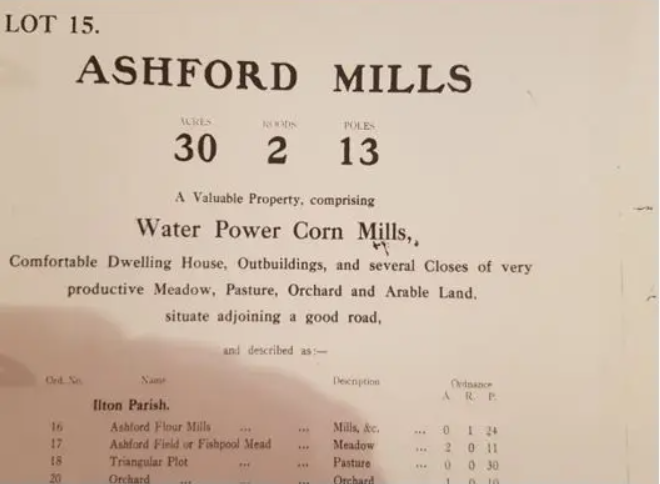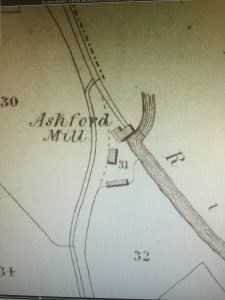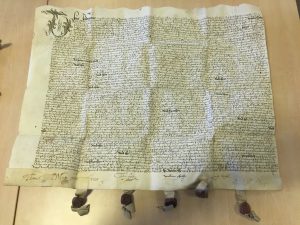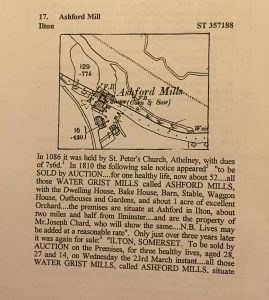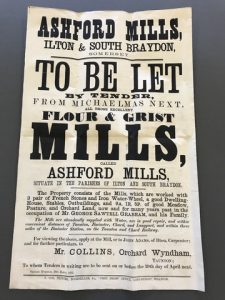A very rich history….
The first record of a mill on this site dates back to 1066, mentioned in the Domesday Book. For the next 860 years, a working mill stood here — a constant presence in the life of Ilton and its surrounding countryside.
In medieval times, the abbots of Muchelney Abbey owned much of Ilton, including the hamlet of Ashford where our Mill still stands. After the Dissolution of the Monasteries in the mid-1530s, the land passed to the Wadham family. The Wadhams lived locally, in a grand house often known as Wadham’s Castle (sadly no longer standing). When the last Wadham died childless in the early 1600s, the estate was inherited by his sister, who married John Wyndham.
Wyndham disliked the house’s parkland setting — calling it “too dark” — and had it demolished before moving the family to Devon. Even so, the Wyndham family retained their title of Lord of the Manor of Ilton until the early 1900s. Over those centuries, the Lords (or their representatives) would visit to collect rents from village tenants — including the successive millers of Ashford Mill.
One of the earliest known millers here was Thomas Woolmington, who held the Mill from 1667 to 1708 under lease from Sir Wadham Wyndham, Knight, Justice of the King’s Bench. That lease records a twelfth share of the grist mills, known as Aysford Mills, held for a term of 99 years at an annual rent of 5s.5d.
The current mill building dates to around 1655, its window style confirming the period. The adjoining cottage likely followed about eighty years later (circa 1739) — both probably developed during the Woolmington tenancy.
A century later, the Grabham family became part of the Mill’s story. Around 1830, James Grabham married Louisa Sawtell, whose father, George Sawtell, owned land near Ashford House. The Grabhams continued to run the Mill for nearly 90 years.
By 1881, James’s nephew Joshua Grabham appears in census records as the resident miller. When the Wyndham estate was sold in 1915, Joshua was unable to meet the reserve price but continued to rent the Mill until 1920, when his sons George and William Grabham purchased it outright.
A sales description from that time reads:
“The Mill premises are stone built and slated and tiled and have three floors. The stone floor is fitted for three pairs of stones and a flour machine, driven by an excellent stream of water over a breast wheel 14 feet in diameter and 5 feet wide, with pit wheel, upright shaft, and spur and pinion wheels.”
The original pulley system for lifting sacks between floors can still be seen on the third level today.
The Grabhams continued to mill here until 1927, when tragedy struck — William Grabham fell into the mill’s whirlpool and lost his life.
By the late 1930s, as World War II began, the Staniforth family took residence at the Mill. Decades later, their daughter recalled that railings once surrounded the property but were removed for the wartime metal drives — though whether that story is true, no one can now be sure.
The Mill was officially Grade II listed in 1989, recognising its historical importance.
When we first arrived, the property had sadly fallen into disrepair. Our ongoing restoration aims to preserve its rich heritage while bringing it gently back to life. During the renovation, we’ve made a few remarkable finds — including coins buried in the grounds dating to around 1655, a small but tangible link to those who once worked this same soil.


